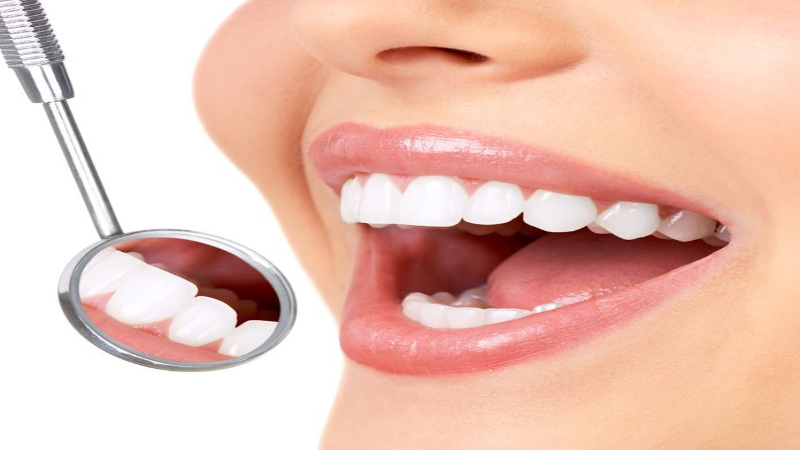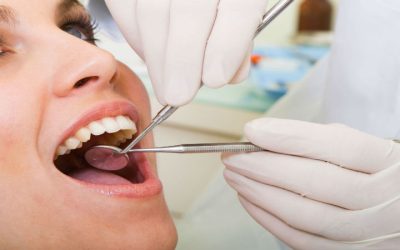What is the temporomandibular joint? As its name suggests, the temporomandibular joint (TMJ) is located at the junction of the temporal bone and lower jaw (mandible) on each side of the face, in front of the ears. Each human thus has two of these joints. If there is an issue with these joints, a Dentist in Grand Prairie TX must be consulted.
Playing a key role
TMJs play a vital role in the body’s essential functions -; involving opening and closing the mouth, namely, speech, chewing, swallowing and even yawning. They are the most stressed joints of the human body. Also, they can perform sliding and front-rear (anteroposterior) pivots, as well as slight movements from left to right, all in a synchronized manner.
Temporomandibular joints also support various dental functions and are subjected to high forces. All these peculiarities give them the title of the most complex joints of the human body.
TMJ components
The TMJs consists of several elements, the main ones being:
- The base of the skull where the temporal bone is situated and the jaw, the small ball at the end of the ascending branch of the bone of the lower jaw
- Small muscles that allow the mandible to move
- Several ligaments and tendons
- Blood vessels and nerves
- Synovial fluid to ensure proper movement of the jaw
- Articular surfaces between which an articular disk, also called meniscus, is positioned
The articular disc serves as a small cushion during jaw movements, which are designed to avoid any friction associated with the articular surfaces. It also helps to absorb and redistribute essential masticatory forces. This meniscus, moreover, has the peculiarity of following the mandible in the articular fossa during the movement of the jaw. Speak to a Dentist in Grand Prairie TX to learn more.
The mechanics behind the TMJs
When opening and closing the mouth, the structures of the TMJ are all used. When the lower jaw is at rest, the jaw rests typically in the articular fossa and the articular disc, which is also called a meniscus. When the jaw joint is functioning normally, no sound should be heard when the person opens or closes their mouth. Visit us to learn more.


